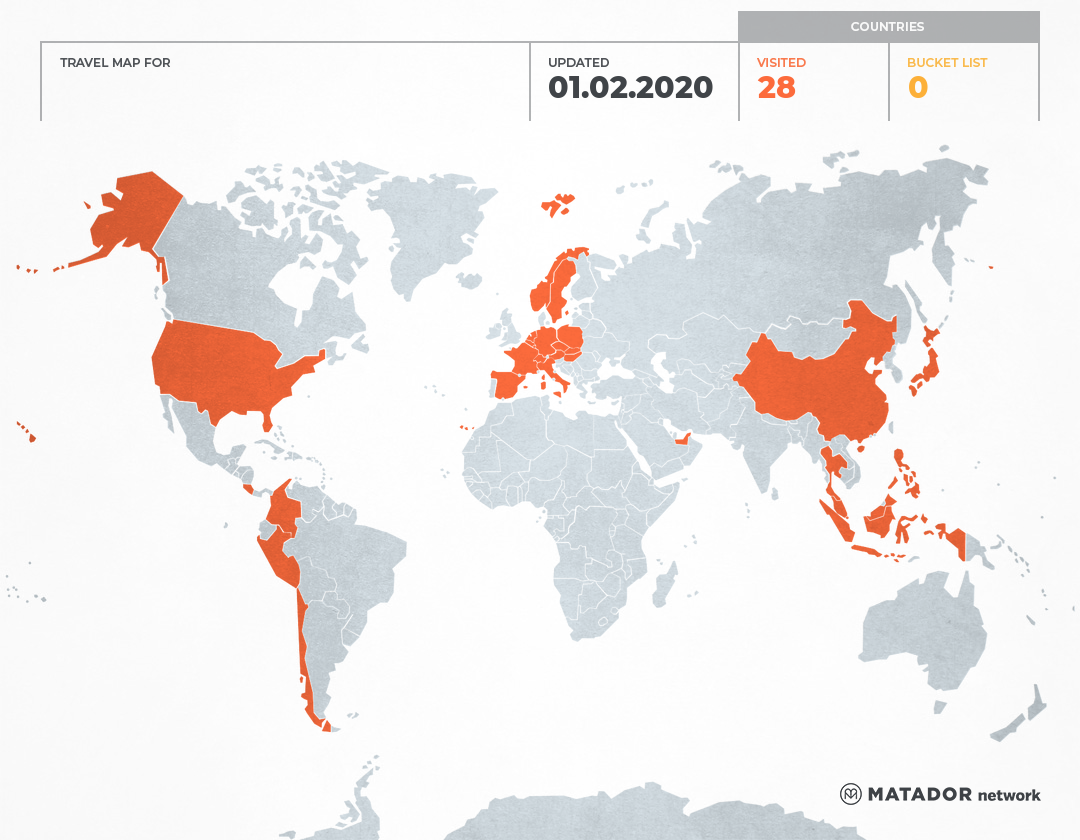My friend told me that she has been threaten by phone or email, after check that account, the account owner said that she/he is not threaten her, someone were trying to compete them, playing a game, so I guess it is a phishing, in my opinion. Let's take a look what Microsoft said about Phishing.
----------------------------------------------------------------------------------------------
Phishing (pronounced "fishing") is a type of online identity theft. It uses email and fraudulent websites that are designed to steal your personal data or information such as credit card numbers, passwords, account data, or other information. Con artists might send millions of fraudulent email messages with links to fraudulent websites that appear to come from websites you trust, like your bank or credit card company, and request that you provide personal information. Criminals can use this information for many different types of fraud, such as to steal money from your account, to open new accounts in your name, or to obtain official documents using your identity.
How to recognize phishing email messages, links, or phone calls
Phishing email messages, websites, and phone calls are designed to steal money. Cybercriminals can do this by installing malicious software on your computer or stealing personal information off of your computer. Cybercriminals also use social engineering to convince you to install malicious software or hand over your personal information under false pretenses. They might email you, call you on the phone, or convince you to download something off of a website.
What does a phishing email message look like?
Here is an example of what a phishing scam in an email message might look like.
- Spelling and bad grammar. Cybercriminals are not known for their grammar and spelling. Professional companies or organizations usually have a staff of copy editors that will not allow a mass email like this to go out to its users. If you notice mistakes in an email, it might be a scam.
- Beware of links in email. If you see a link in a suspicious email message, don't click on it. Rest your mouse (but don't click) on the link to see if the address matches the link that was typed in the message. In the example below the link reveals the real web address, as shown in the box with the yellow background. The string of cryptic numbers looks nothing like the company's web address. Links might also lead you to .exe files. These kinds of file are known to spread malicious software.
- Threats. Have you ever received a threat that your Hotmail account would be closed if you didn't respond to an email message? The email message shown above is an example of the same trick. Cybercriminals often use threats that your security has been compromised.
- Spoofing popular websites or companies. Scam artists use graphics in email that appear to be connected to legitimate websites but actually take you to phony scam sites or legitimate-looking pop-up windows.
Cybercriminals also use web addresses that resemble the names of well-known companies but are slightly altered. For more information, see Protect yourself from cybersquatting and fake web addresses.
Beware of phishing phone calls
Cybercriminals might call you on the phone and offer to help solve your computer problems or sell you a software license. Neither Microsoft nor our partners make unsolicited phone calls (also known as cold calls) to charge you for computer security or software fixes.
Once they've gained your trust, cybercriminals might ask for your user name and password or ask you to go to a website to install software that will let them access your computer to fix it. Once you do this, your computer and your personal information is vulnerable.
Treat all unsolicited phone calls with skepticism. Do not provide any personal information.
Report phishing scams
If you receive a fake phone call, take down the caller's information and report it to your local authorities.
You can use Microsoft tools to report a suspected scam on the web or in email.
- Internet Explorer. While you are on a suspicious site, click the gear icon and then point to Safety. Then click Report Unsafe Website and use the web page that is displayed to report the website.
- Hotmail. If you receive a suspicious email message that asks for personal information, click the check box next to the message in your Hotmail inbox. Click Mark as and then point to Phishing scam.
- Microsoft Office Outlook. Attach the suspicious email message to a new email message and forward it to reportphishing@antiphishing.org.






0 Comments:
Post a Comment